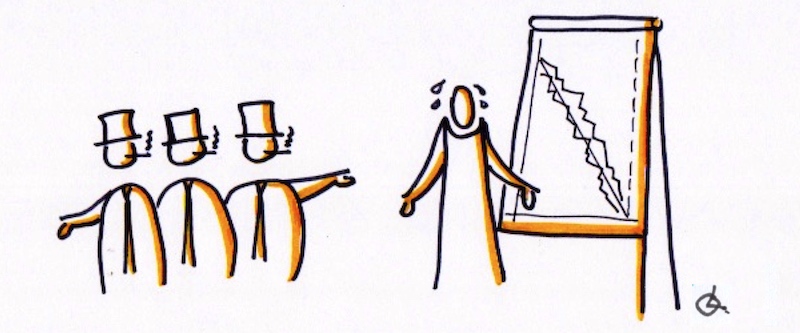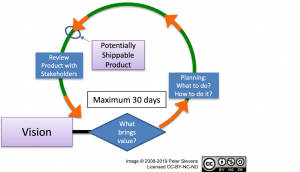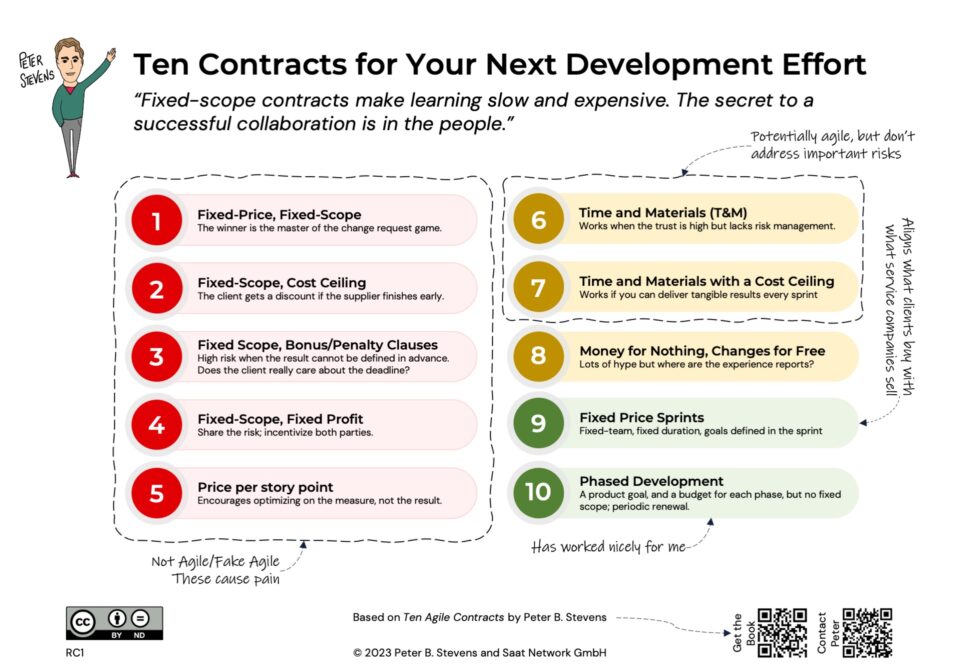
Top Ten Product Development Risks That Can Kill Your Project
04-02-2020
Top Project Risk Number 10: Bullshit Risk
06-02-2020“These are the only ones
of which the news has come to Harvard.
There may be many others
but they haven’t been discovered.”
– Tom Lehrer, The Elements
While collecting feedback and materials for Ten Contracts, I received plenty of additional thoughts on what could go wrong. Top of the list were:
- Too Many Cooks Risk: Are other vendors providing part of the solution? Are they working on
an agile or a classical basis? Do you need to collaborate effectively across more than one company border? Who is empowered to address systematic impediments to success? Who gets to make decisions?
- Worthless Feature Risk: All features contribute to the cost of the product, and some features contribute to the value of the product. The goal is to identify and eliminate worthless features before wasting money on their development.
- Client Attrition Risk: Will the client discontinue the relationship if the deliverable does not deliver business value?
- Fake Scrum Risk: as Scrum been imposed on the team? It is surprisingly difficult to tell a team to self-organize. Forcing agility on a team that doesn’t want to do it can cause many issues that are bad for morale, results, and performance.
- Phantom Resources Risk: Are people really working on the project? Or have they moved/been pulled off to work on something else? Applies to remote Product Owners as much as to Remote Development Teams.
- Murphy’s Law: Whatever can happen will happen.
Issues almost by definition crop up. This list will no doubt continue to grow. How can you handle risks?
What to do if the risks actually happen?
Creating a product is a challenging endeavor. Things can go wrong. The client wants something different than you thought. The stakeholders change their minds. Therefore, dealing with risk is a normal activity in any project.
You handle risks in Scrum by limiting your commitment to a particular course of action to a relatively short period of time. During the sprint, you are committed. At the end of the sprint, you can change direction if necessary.
Each Sprint the Whole Team collaborates to identify the best step forward given the situation at hand.
Every Sprint, the Product Owner – who is financially responsible for the success of the project – can reflect on the current situation to re-prioritize features, request a release or even cancel development.
If the Product Owner is constrained by contract to keep developing toward the original goal, regardless of what is learned along the way, money could be wasted, or the time could be better invested doing something else. Fixed scope projects are usually not in the client’s interest and they are not agile.
If you want to get the whole list right away, you can get my book “Ten Agile Contracts: Getting beyond fixed-price, fixed-scope.” Or can click through the articles one by one…. Let’s start get started in the top 10 with Number 10 (and my personal favorite): Bullshit Risk!






